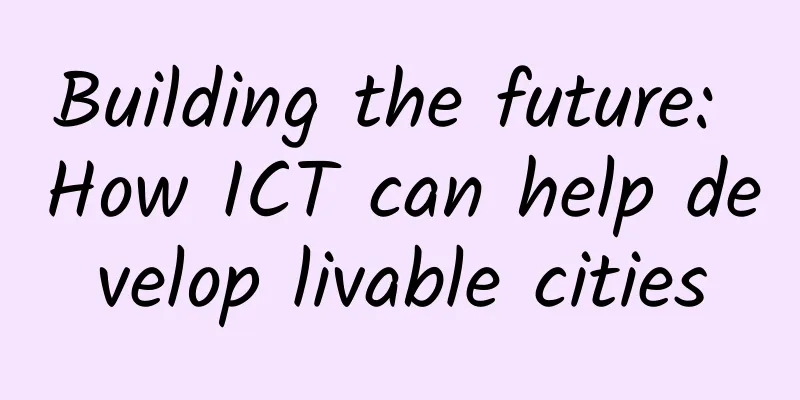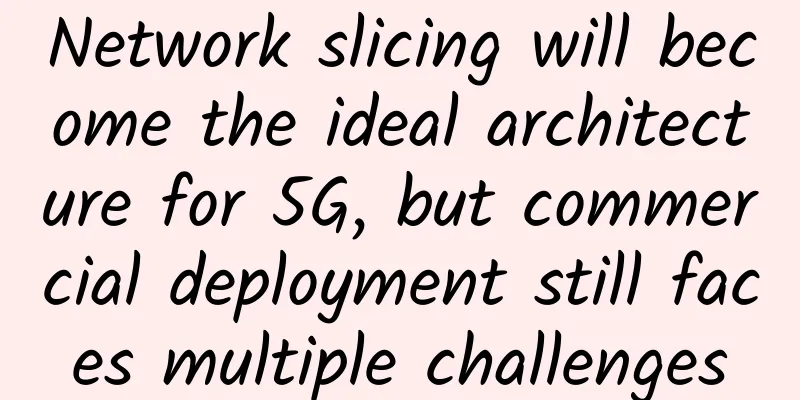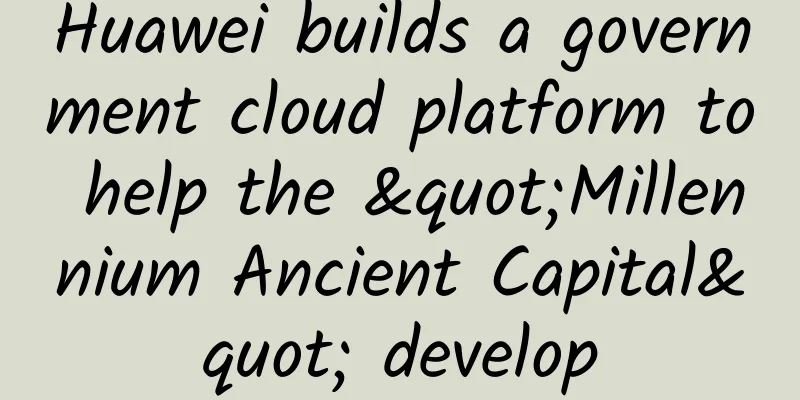Building the future: How ICT can help develop livable cities

|
With the steady acceleration of global urbanization, 50% of the population and 70% of the gross domestic product (GDP) now come from cities. However, cities are facing increasing pressures associated with growing urbanization: public safety, resource imbalance, traffic congestion, environmental pollution and energy shortages, etc. In order to address some of these challenges, the concept of smart cities has been developed as a strategy for sustainable urban development, which directly affects the livability of various areas. Meeting the challenges of globalization More and more countries around the world are building smart cities through a series of leading ICT technologies, such as cloud computing, the Internet of Things (IoT), big data, and mobility. These technologies integrate, share, and aggregate city-wide resources to provide real-time, efficient, and intelligent information services. As a result, smart cities are reshaping the way public services are provided and managed, and changing the way residents travel, work, learn, interact, consume products and services, and entertain themselves. In the field of smart cities, Huawei works with partners to develop advanced solutions for multiple industries such as public safety, energy, transportation, education, healthcare, and campuses. From technological innovation to the creation of open platforms, Huawei is committed to building a comprehensive smart city ecosystem. Huawei currently serves more than 100 cities in more than 40 counties, providing a variety of ICT products and solutions, including IoT communication modules and operating systems, wired and wireless access, agile networks, cloud-based distributed data centers, and big data platforms. Technology is a strategic lever for urban development Smart city leaders across the continent are beginning to view technology as more than a cost center related to operational efficiency, but as a strategic investment related to program outcomes, new services and economic development. For example, the European Innovation Partnership for Smart Cities and Communities (EIP-SCC) is an initiative supported by the European Commission that brings together cities, industry, small businesses, banks, research institutions, etc. It aims to improve urban life through more sustainable and integrated solutions and address specific urban challenges from different policy areas such as energy, mobility and transport, and ICT. Businesses and residents operating in the global digital economy want to know what advances the city of the future will continue to make in these areas, while tourists are looking for a city that is safe and easy to navigate. These investments require a level of innovation to test emerging technologies, the ability to work with new combinations of partners, from universities to operating and IT companies to real estate developers and urban planners, and to be transparent and open about the impact of new technologies. As a result, more and more European cities are developing or have already put forward a smart vision, and leading cities have shown that investment in this area can bring success. Cities are using open data and neighborhood labs to test technologies, bringing more tech industry companies into the city, and providing free benefits to the public, such as high-speed Wi-Fi. The most important stakeholders in a city are its residents Beyond the technical aspects, smart cities require appropriate representation and integration of the various stakeholders in a city (i.e. the public sector, planners and developers, utilities, ICT and infrastructure providers, private companies and investors), the most important of which are the residents. The deployment of smart cities is therefore a complex socio-technical endeavour that requires the systematic integration of the use of organisational, financial, social, operational, technological and psychological factors within the context of the human, social, business, political and natural environments it will face. Smart city technologies are a differentiator for the cities that deploy them. Huawei believes these technologies and programs will play a key role in helping municipalities meet growing challenges and compete more effectively in the global digital economy. Smart cities harness the power of technology and drive local innovation to create jobs, provide a safe and high-quality life for residents, and attract talent, tourists, and visitors. To do this, city leaders need concrete strategic plans, investment strategies, and better information about best practices for successful smart city implementation to reduce risks and improve outcomes. The potential impact of smart city transformation cannot be overstated. With current and projected urban populations, these solutions can reach the majority of the world’s population, keep them safe and support most global economic growth. Improving quality of life has become a fundamental tenet of smart cities, and now cities need to leverage data, technology and people to influence change and design cities. Huawei is committed to promoting the development of open smart city platforms to achieve better life and better industry in cities around the world. |
>>: The interviewer asked me to turn left because of the thread pool!
Recommend
[Black Friday] CloudCone flash sale is about to start, Los Angeles VPS annual payment starts from $7.99
CloudCone's Black Friday flash sale is about ...
5G development is gradually getting better
On June 6, 2019, the Ministry of Industry and Inf...
2017 World Robot Conference concluded successfully. We look forward to seeing you again next year.
[51CTO.com original article] On August 27, the 5-...
Can IoT survive downtime?
Asia has high hopes for the Internet of Things. I...
Clouveo: $3.5/month KVM-1GB/15G NVMe/2TB/Los Angeles Data Center
You may not be familiar with Clouveo. It is a sit...
5 Fast-Developing Technology Trends in the Network Industry in 2017
At the start of every new year, experts and forec...
Aruba Launches Instant On to Provide Secure, High-Speed Wireless Connectivity for Small and Medium Businesses
On August 20, 2019, Aruba, a subsidiary of Hewlet...
Edge computing vs. cloud computing: Which is more efficient?
Cloud computing provides businesses with the oppo...
Let's talk about TCP
In our daily development, we will more or less be...
Why is it necessary to change the RAN architecture?
First, we need to know why we need to evolve from...
The architecture needs to be upgraded urgently as operators lay out their future networks
The future is a world of interconnected everythin...
BandwagonHost: 1-10Gbps bandwidth CN2 GIA line quarterly payment starting from US$46.7, Hong Kong/US data center
Bandwagonhost should be a successful transformati...
5G is not yet popular, so why are 4G phones now starting to have their speed limited?
I don’t know since when, but it feels like the cu...
Byte One Follow-up: Do you know the TCP/IP four-layer model? What protocols are there in each layer?
This article is reprinted from the WeChat public ...
A 100% timeout murder caused by maxing out the bandwidth!
[[421757]] Verse: Do not advise others to do good...



![[Black Friday] ReliableSite: $55/month-AMD Ryzen5600X/64G memory/512GB NVMe/1Gbps unlimited traffic/Los Angeles and other data centers](/upload/images/67cabd07a9ada.webp)





